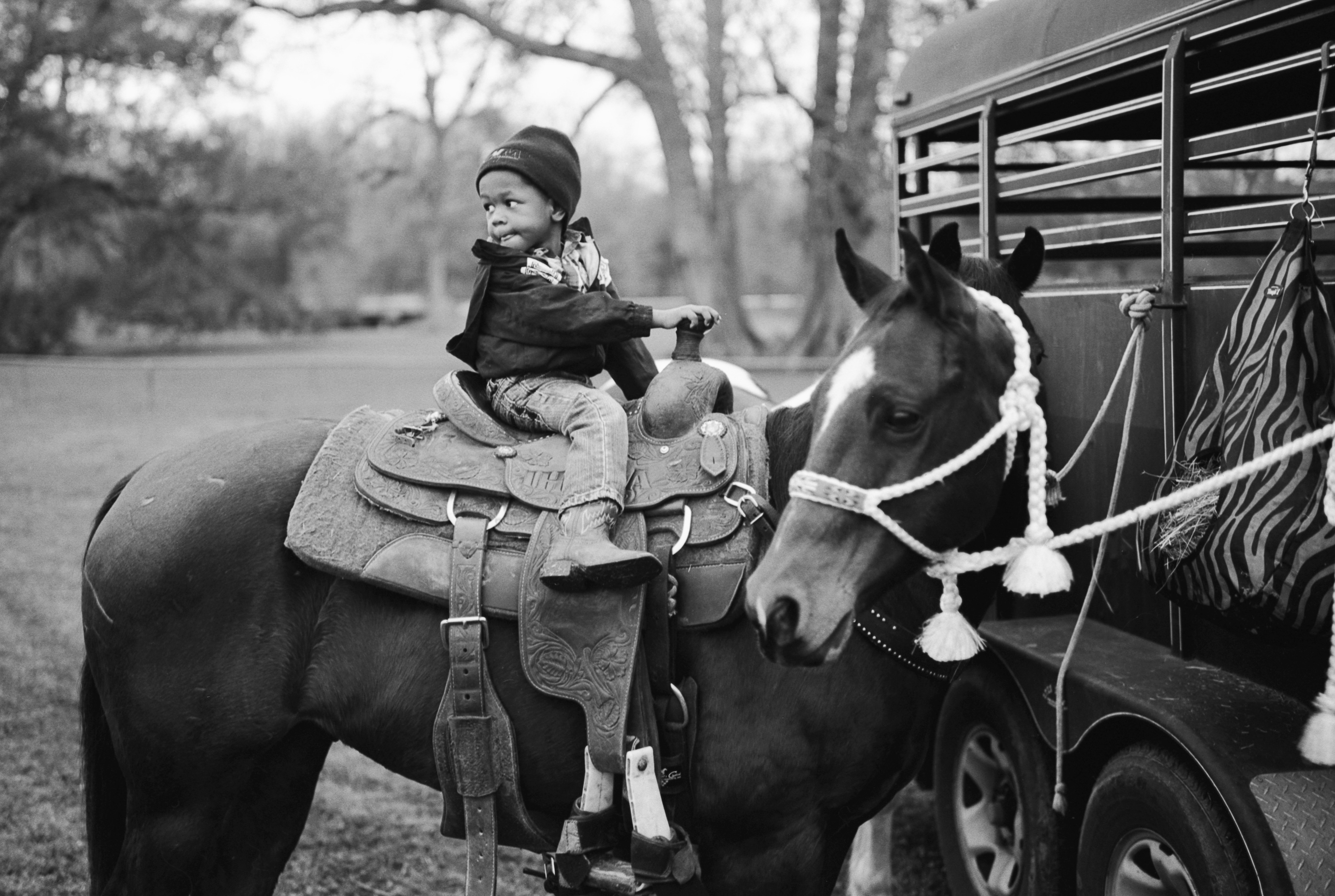Yung Ridah. All images © Charles Lee
Charles Lee hopes to confront prejudices in American mythology and give viewers a more balanced representation of US history
It was around 2018 that the current wave of interest in Black cowboys began, says Charles Lee. But the Oakland-based artist first started spending time with Black ranchers a couple of years earlier, finding himself surprised by the depth and variety of the groups he encountered. He got to know fourth-generation cowboys whose experiences are often left out of both rancher and African American narratives, and also visited more established groups, such as the Compton Cowboys. “You just don’t imagine that places like San Francisco or Oakland would be housing folk who are participating in that rural type of lifestyle,” he says.
Lee’s photographs of the ranchers form the backbone of his solo show, Sweat & Dirt, at San Francisco’s SF Camerawork until 03 February 2024. “My work is about agency,” he says. “That is very important in the arts, making sure that the subjects are being viewed how they want to be viewed.” An installation and video piece will also be on display, reflecting Lee’s mixed-media sensibility; he works with collage, photograms, photo transfers and sculpture, and also curates and works under the moniker Nunca No, with artist Claire Dunn. “I’m concerned with the final image, thinking about how it’s going to sit in the world,” Lee tells me. “Curating has me thinking about the different ways to disseminate information. Sometimes you can say a lot with less.”
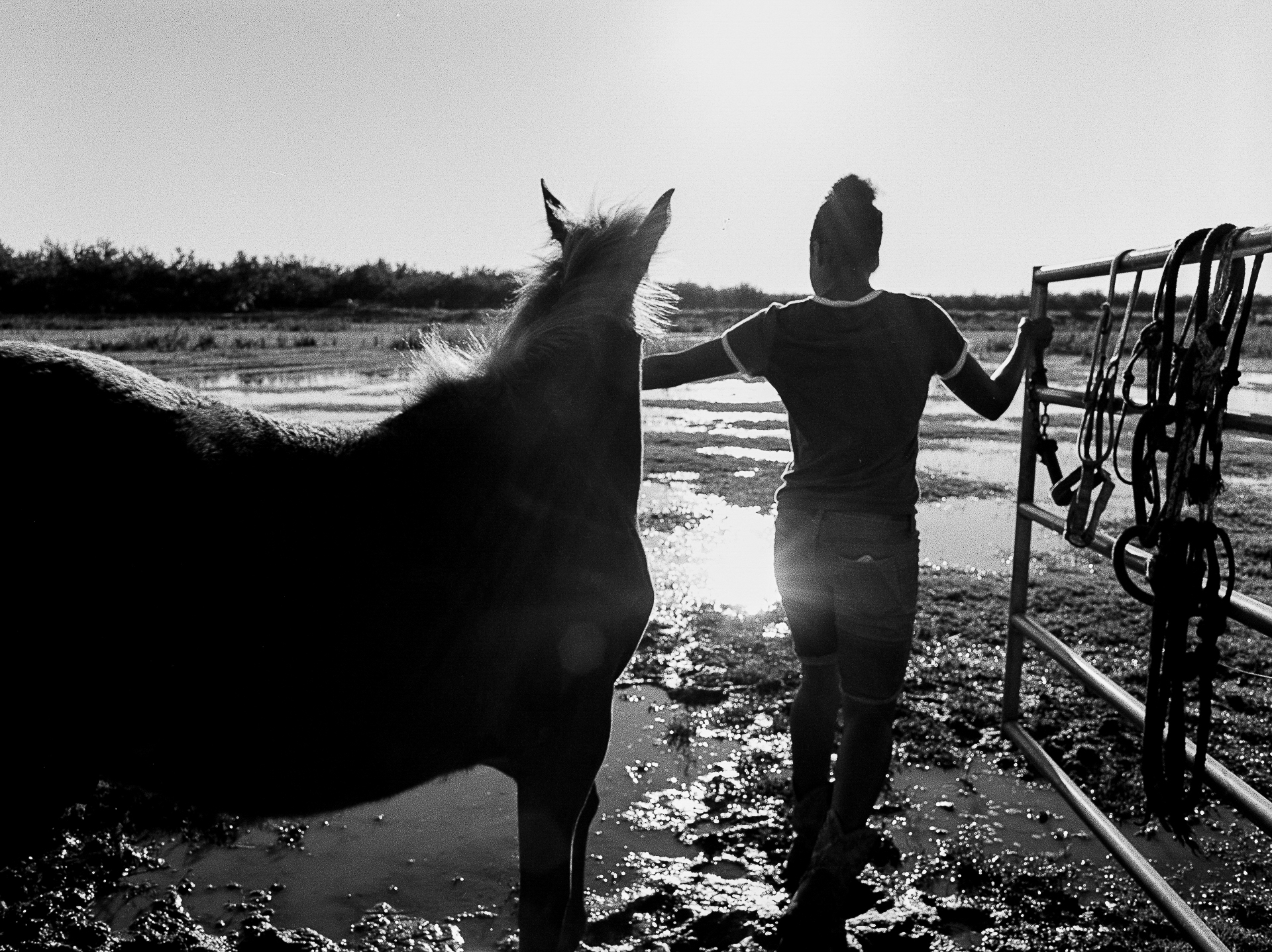
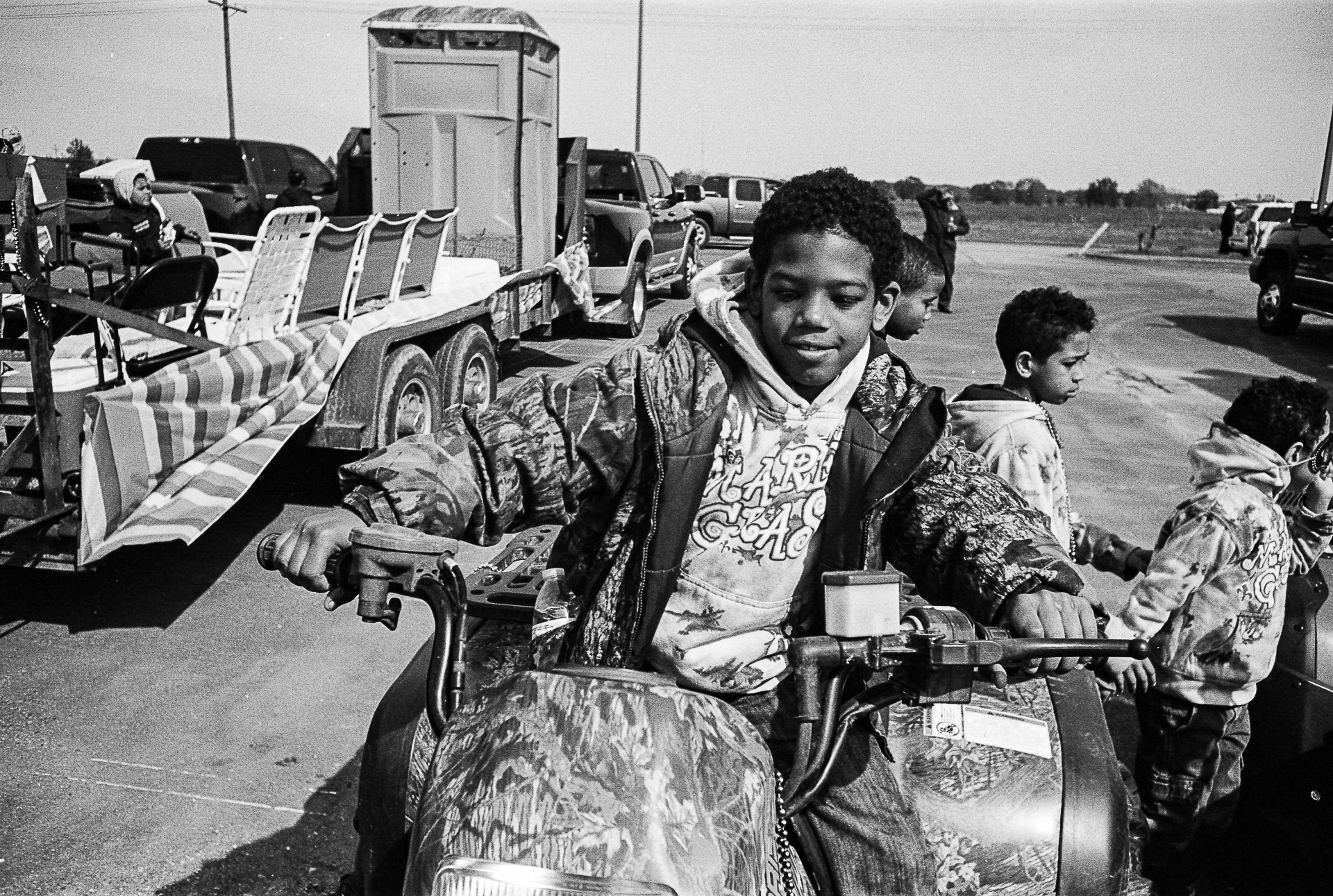
“I’m concerned with the final image, thinking about how it’s going to sit in the world”
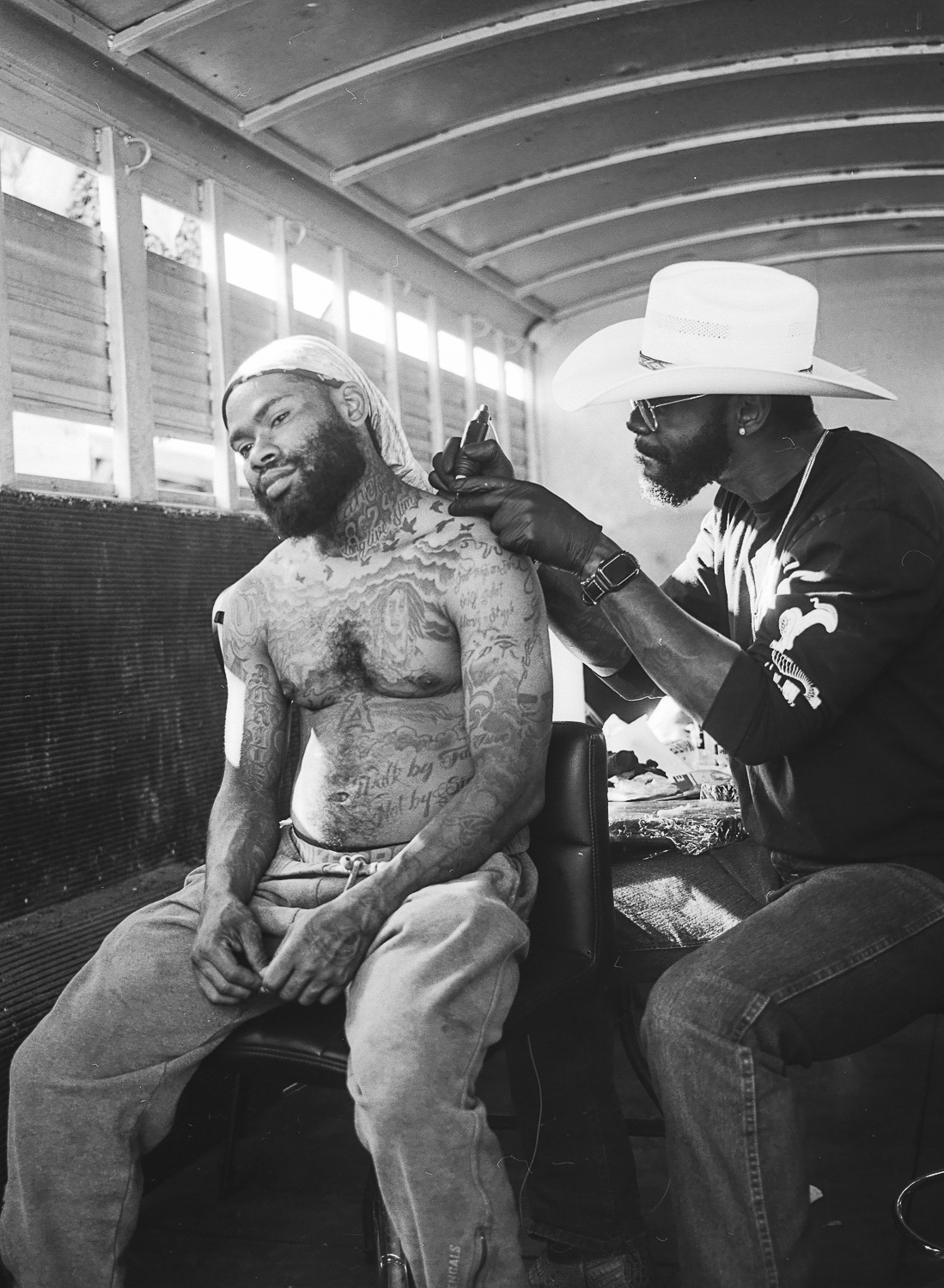
Lee originally studied marketing at Bowie State University, Maryland, but quit his job a decade ago to pursue a life in art. Beginning with street photography and becoming interested in people’s stories, he then took an MFA at California College of the Arts. Lee’s graduate show was a precursor of sorts to the SF Camerawork exhibition, focusing on the iconography of the Marlboro Man – the tobacco marketing character played by real cowboys, which helped propel Marlboro to industry leader in the 1970s.
Marlboro’s cowboy figures were traditionally white, though, and Lee’s work is about confronting such blindspots and prejudices in American mythology, in the hope of giving viewers a more balanced representation of the country’s history. With family roots in Lafayette, Louisiana, and Houston, Texas, Lee is shaping a practice informed by the legacies of the Deep South and Great Migration, concerned with restoring Black histories while tracing current aspirations. The cowboy project is ongoing, with the current aim to widen the scenarios and contexts the subjects are captured in. A recent trip saw Lee venture to rural Louisiana, where he met the only Black competitive rodeo rider in the state’s high schools. “I want to document every aspect of each subject’s life on the ranch,” Lee says. “I want to move away from just person and horse – diving into what this lifestyle is and the layers within it.”
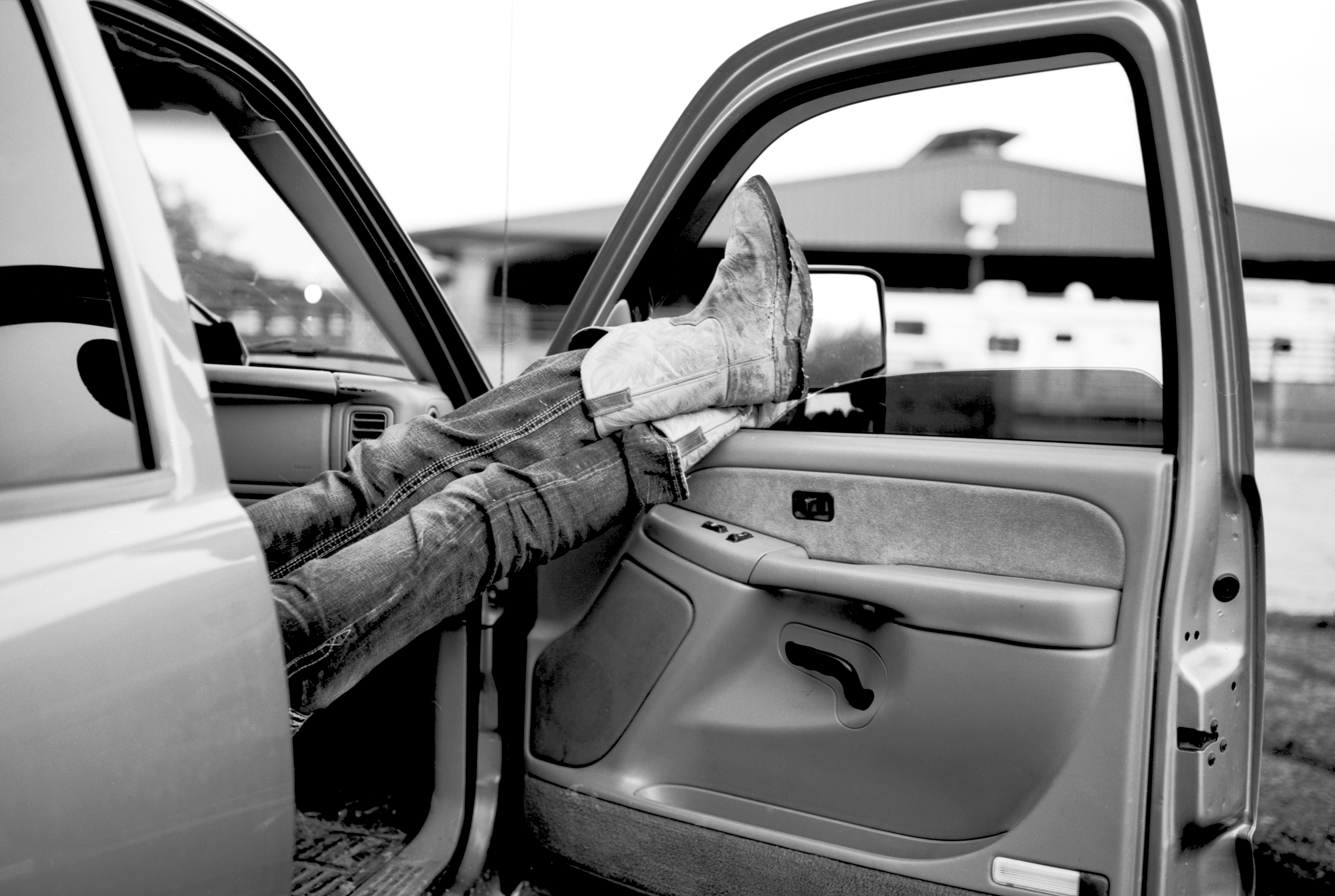
Lee returns to a term used by Ghana’s Akan tribe to summarise his philosophy – ‘Sankofa’, meaning ‘It is not taboo to fetch what is at risk of being left behind’. “We are here and we have been part of this American Dream too, even though we haven’t had the opportunities to enjoy the American Dream,” he says.

